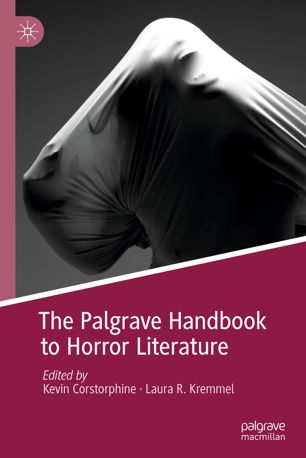

Most ebook files are in PDF format, so you can easily read them using various software such as Foxit Reader or directly on the Google Chrome browser.
Some ebook files are released by publishers in other formats such as .awz, .mobi, .epub, .fb2, etc. You may need to install specific software to read these formats on mobile/PC, such as Calibre.
Please read the tutorial at this link: https://ebookbell.com/faq
We offer FREE conversion to the popular formats you request; however, this may take some time. Therefore, right after payment, please email us, and we will try to provide the service as quickly as possible.
For some exceptional file formats or broken links (if any), please refrain from opening any disputes. Instead, email us first, and we will try to assist within a maximum of 6 hours.
EbookBell Team

4.7
96 reviewsThis handbook examines the use of horror in storytelling, from oral traditions through folklore and fairy tales to contemporary horror fiction. Divided into sections that explore the origins and evolution of horror fiction, the recurrent themes that can be seen in horror, and ways of understanding horror through literary and cultural theory, the text analyses why horror is so compelling, and how we should interpret its presence in literature. Chapters explore historical horror aspects including ancient mythology, medieval writing, drama, chapbooks, the Gothic novel, and literary Modernism and trace themes such as vampires, children and animals in horror, deep dark forests, labyrinths, disability, and imperialism. Considering horror via postmodern theory, evolutionary psychology, postcolonial theory, and New Materialism, this handbook investigates issues of gender and sexuality, race, censorship and morality, environmental studies, and literary versus popular fiction.